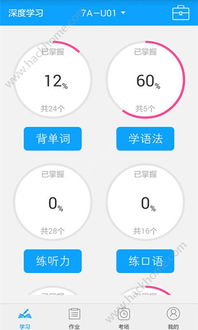
plc控制系统外文翻译,Introduction to PLC Control Systems
时间:2024-12-10 来源:网络 人气:
Introduction to PLC Control Systems
Programmable Logic Controllers (PLCs) have become an integral part of modern industrial automation. They are versatile devices that can be programmed to control various processes and machinery. This article aims to provide an overview of PLC control systems, their applications, and the benefits they offer in the industrial sector.
Understanding PLCs
PLCs are microprocessor-based devices that use ladder logic, function block diagrams, or structured text to control industrial processes. They are designed to replace traditional relay-based control systems, which were less flexible and required extensive wiring. PLCs are capable of handling complex logic, timing, and counting operations, making them suitable for a wide range of applications.
Keywords: PLC, microprocessor, industrial automation, relay-based systems
Components of a PLC Control System
A typical PLC control system consists of several key components:
Input Modules: These modules receive signals from sensors, switches, and other devices to monitor the status of the process.
Output Modules: These modules send signals to actuators, such as motors, valves, and lights, to control the process.
Processor: The central processing unit (CPU) of the PLC executes the program and makes decisions based on the input and output signals.
Power Supply: The power supply provides the necessary voltage and current to the PLC and its components.
Programming Software: This software allows users to create, edit, and upload programs to the PLC.
Keywords: input modules, output modules, CPU, power supply, programming software
Applications of PLC Control Systems
PLC control systems are used in various industries and applications, including:
Manufacturing: PLCs are widely used in manufacturing processes to control assembly lines, robotics, and material handling systems.
Process Control: In the chemical, food, and pharmaceutical industries, PLCs are used to control and monitor processes such as mixing, heating, and cooling.
Automotive: PLCs are used in automotive manufacturing to control assembly lines, robotics, and quality control systems.
Energy Management: PLCs are used to control and optimize energy consumption in buildings, factories, and other facilities.
Keywords: manufacturing, process control, automotive, energy management
Benefits of PLC Control Systems
There are several benefits of using PLC control systems:
Increased Efficiency: PLCs can automate complex processes, reducing the need for manual intervention and improving overall efficiency.
Reduced Costs: PLCs can reduce energy consumption, maintenance costs, and downtime, leading to significant cost savings.
Improved Safety: PLCs can monitor and control processes to ensure safety and prevent accidents.
Scalability: PLCs can be easily expanded to accommodate changes in the process or to add new features.
Keywords: efficiency, cost savings, safety, scalability
Conclusion
PLC control systems have revolutionized the industrial sector by providing a flexible, reliable, and cost-effective solution for process control. With their ability to handle complex logic and their wide range of applications, PLCs continue to be an essential component of modern industrial automation.
Keywords: PLC control systems, industrial automation, process control, reliability
相关推荐
教程资讯
教程资讯排行













